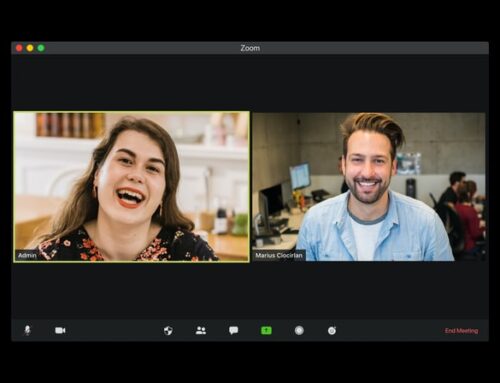Training your contact centre staff is essential to conveying your brand’s message, delivering outstanding customer service, create a knowledge base in your company and motivating your staff. However, for many contact centres, training is limited to learning how to use systems and listening in to calls next to a more experienced agent for days.
To really engage your staff and encourage best business practices, however, it is important to design a proper programme that all staff will have the chance to follow.
Understand the different learning styles
People learn different ways. There are four groups:
– The ‘activists’ learn best by doing things. Sit them down for training by listening to calls passively and you can be sure that they will switch off after a while.
– The ‘pragmatists’ learn by watching the practical application of what they are being taught and they will respond well to role play and testing systems.
– The ‘theorists’ like to understand the bigger picture and need information that they can trust. They also need structured, logical training. To engage them, tell them where they fit in your company and the influence of their work on other services.
– The ‘reflectors’ need quiet time to incubate the information they received. They may appear quiet or switched off but they are actually thinking and assimilating what they are taught.
Ideally, training should be tailored to take these different groups into account, but in reality, trainees of all styles will be mixed into a group and your training needs to be able to offer each type of learner some activity that will cater to their own style.
Be creative
We remember better what engages us emotionally so don’t prepare endless Powerpoint presentations. There is nothing wrong with structured information, but pepper it with some fun activities. You don’t need to hire professional fire breathers, a light-hearted team-building task will do the trick!
Assess the results
Like anything else, you won’t know whether it works without assessing it. It needs to be two ways:
– Monitor Key Performance Indicators before and after training such as extra sales, higher first-call resolution rate, quality score, average handling time, etc…
– Gather evaluations from the attendees. Not only just after the training but also at 3 and 6 months later to find out how beneficial they feel the training was to them, and, as importantly, what could be improved.














